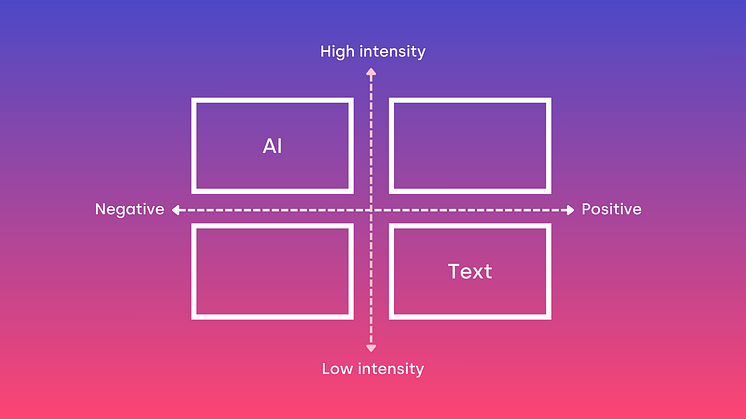In the era of digital footprints, every “like” and every tweet paints a pixel on the canvas of our online personalities. While we curate this image for the world to see, could these digital crumbs hold the key to detecting a hidden struggle – depression? Enter the realm of Artificial Intelligence (AI), where algorithms are being trained to sniff out the subtle nuances of mood shifts in social media posts, potentially paving the way for early detection and intervention for depression.
But before we delve into the technical wizardry, let’s paint a clearer picture. Depression, a debilitating mental illness affecting millions globally, often masks itself beneath layers of normalcy. Recognizing the signs isn’t always easy, even for loved ones. This is where AI, with its unparalleled ability to analyze vast amounts of data, shines.
The Science of Sentiment:

The core of this technology lies in sentiment analysis, a branch of NLP (Natural Language Processing) that extracts emotions and opinions from text. Imagine an algorithm meticulously dissecting your posts, picking apart word choices, sentence structures, and even emojis, to gauge your emotional state.
Beyond Words:
However, depression isn’t just about word choice. It’s about patterns, about shifts in language usage over time. AI can track these shifts, identifying changes in vocabulary, the frequency of positive/negative words, and even the timing of posts (late-night ramblings often being a red flag). Additionally, analyzing interactions can offer further insights. A sudden withdrawal from online engagement, a drop in replies and comments, these too can be subtle indicators of a downward spiral.
The Case for Caution:
While the potential of AI in detecting depression is undeniable, it’s crucial to approach this technology with caution. Firstly, social media profiles are rarely complete portrayals of ourselves. Humor, sarcasm, and even venting can be misinterpreted as depressive symptoms. Secondly, relying solely on AI for diagnosis is dangerous. Mental health requires a nuanced understanding of individual circumstances and personal history, an aspect that AI currently lacks.
Ethical Dilemmas:
Furthermore, ethical concerns loom large. Privacy worries abound, with questions about data ownership and potential misuse. Additionally, the possibility of AI reinforcing existing biases cannot be ignored. Algorithms trained on data sets skewed towards certain demographics may lead to misdiagnosis, further jeopardizing vulnerable individuals.
The Road Ahead:
Despite these challenges, the future of AI in mental health holds immense promise. Imagine a world where AI assistants offer real-time support, prompting individuals to seek help when their online behavior flags up potential risks. Envision chatbots trained to provide coping mechanisms and connect users with mental health resources.
The key lies in collaboration. AI researchers must work alongside mental health professionals to develop responsible and nuanced algorithms. User consent and data privacy must be paramount, and robust safeguards must be put in place to prevent discrimination and bias.
In conclusion, while AI cannot and should not replace human interaction and professional diagnosis, it can be a powerful tool in the fight against depression. By harnessing its potential while acknowledging its limitations, we can usher in a future where technology empowers us to recognize, understand, and ultimately conquer this crippling illness.
















Add Comment